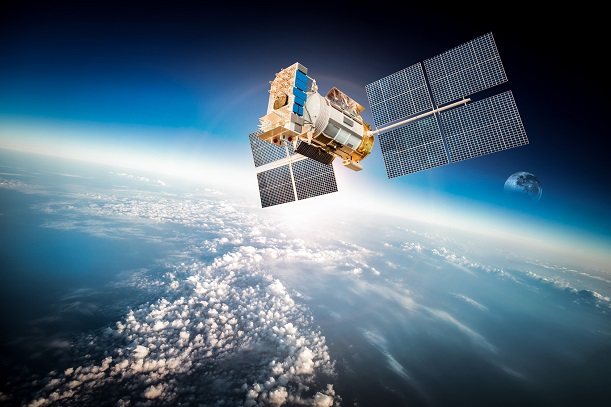Providing in-air connectivity to the whole of Europe with only 300 base stations might seem a tall order, but Deutsche Telekom is preparing to do so with the help of the European Aviation Network.
The network, due to be commercially available later this year, moved a step nearer with yesterday’s (28 June) successful launch of the Inmarsat S EAN satellite, which will provide the satellite component of the network.
The EAN will combine S-band connectivity from the satellite with 4G coverage in the 2GHz band from Deutsche Telekom’s base stations. Airplanes will be equipped with a module that converts this signal into Wi-Fi for passengers. It will be available across 30 countries – the current EU member states plus Norway and Switzerland.
The service is set to launch on continental flights by the International Airlines Group (IAG), which includes British Airways and Aer Lingus. IAG has begun rolling out the technology to its aircraft and aims to equip 90 percent of its short haul fleet by early 2019.
The EAN is expected to provide a transmission rate of up to 75 MBps per aircraft.
So how is it possible to provide Europe-wide 4G coverage to a fleet when many operators are still rolling out networks in their individual countries – and why do it anyway?
Rolf Nafziger, SVP of the International Wholesale Business Unit at Deutsche Telekom, told Mobile Europe that the aim is to provide customers with the same experience in a plane that they get on the ground.
While airplane Wi-Fi already exists, including through Deutsche Telekom’s own InFlight service, offered on Lufthansa flights since 2011, these services provide “scarce” connectivity, he said.
“The customer experience in our case will be much better,” said Rafziger.
To build the ground component of the network, the operator has bought the necessary connectivity wholesale from partners including BT and Orange. Experts undertook scouting for base stations, aiming to build the network on existing infrastructure.
However, these are not ordinary base stations. Working with Nokia, Deutsche Telekom created a specialised antenna that is pointed up at the sky rather than at customers on the ground.
Due to the lack of obstruction typical on the ground, such as trees and buildings, far wider proliferation can be achieved in the 2GHz band than can be achieved on land.
The inclusion of a ground network is partly about capacity. The network can be scaled up by adding new base stations, Nafziger explained, while once a satellite is in place it is there for good.
Another advantage is lower latency times. The key to the EAN is that it can switch between satellite and ground connectivity depending on which is optimal at the time. The difference could be as minor as a change in the orientation of the aircraft.
Rafziger is optimistic about the project. He said: “Like the London Olympics, EAN is on track to be on time and on budget.” The hope is to create a gold standard for in-flight connectivity.


